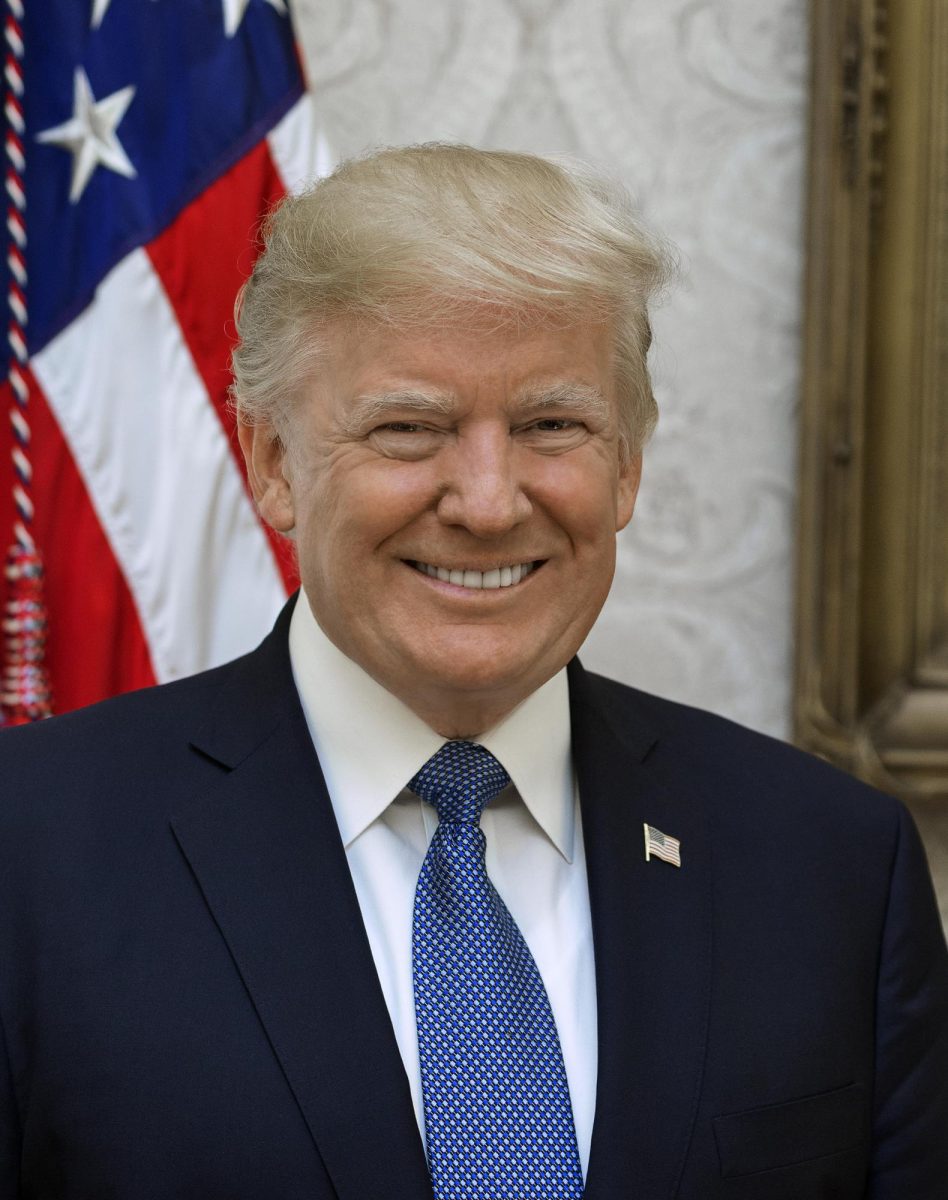Many countries around the world have made many things unaffordable by imposing tariffs. An example of this is President Trump, who has tariffs on many countries worldwide. Additionally, it was reported that Amazon would list prices before the tariffs were ordered, and the government took offense to this, stating, “This is a hostile and political act.” Still, Amazon is not currently displaying tariff prices. The company has said that this was never approved and will not happen. Amazon has been known for aggravating the government; for example, the US government sued Amazon for online retailers raising prices and creating monopolies by, in part, altering organic search results to show paid advertisements for Amazon’s products and overcharging online sellers. Amazon was not going to go against the government’s wishes and raise prices before the tariffs took effect. However, it still means that many people are unhappy about these tariffs, which greatly affect their daily lives.
These tariffs come from a global trade war affecting ninety other countries. Trump’s tariffs affect over 90 countries. Some examples are China, which initially imposed a 10% tariff from February 2025, then increased it to 20% in March, followed by a 145% tariff in April, a 125% tariff, and, most recently, a 30% tariff. This is one of the many aggravating acts that Trump has committed against other countries. Many countries, including China and the European Union, have retaliated by imposing tariffs on more than 22 million products from the US, such as beauty products, motorized vehicles, and soybeans.
Many people have been affected by the tariffs. Still, some specific individuals affected are farmers who face tariffs on soybeans and corn, construction workers who are impacted by steel and aluminum tariffs, small business owners who rely on small importers for supplies, and many more. President Trump has been implementing significant changes to the US financial sector. The tariffs are a good example because President Trump expanded tariffs to nearly all imports, raising the average effective tariff rate from 2.5% to an estimated 27%—the highest in over a century. These tariffs are projected to cost U.S. households an average of $1,190 in 2025 and $1,462 in 2026, which compares to the 2024 cost of $2,600 to $4,900. Some of his campaign goals for the USA were to extend Trump-era tax cuts, impose new tariffs, impose a 10% universal tariff on all imports, Support “America First” manufacturing and energy, to” end inflation and make America affordable again,” and to get energy prices down by 50%. So far, he has only met a couple of his many goals: a 10 percent universal tariff on all imports. He has gone above that by increasing the tariffs of other countries to a much higher level. Although Donald Trump’s presidency is still in its early stages, his unfulfilled promises, such as extending his past tariffs and prioritizing an “America First” market, have left many people worried about what the future holds. It is essential to note that the tariffs have been deemed illegal by a U.S. federal court, and the president exceeded his authority.









